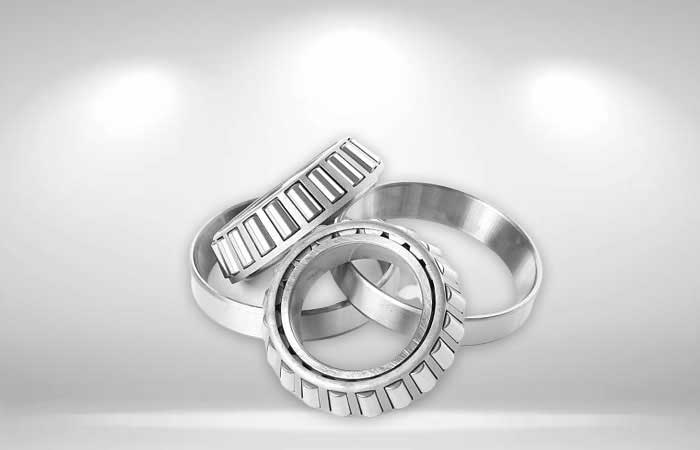There are various methods for measuring bearings, and the following are some commonly used methods:

1. Outer diameter measurement method: Use tools such as micrometers or outer diameter gauges to measure the outer diameter size of the bearing. This method is commonly used for bearings with larger outer diameters and shorter lengths.
2. Inner diameter measurement method: Use tools such as a twist finger or vernier caliper to measure the inner diameter size of the bearing. This method is commonly used for bearings with larger inner diameters. In addition, the measurement of the bearing hole can also be carried out by using an inner diameter gauge to check the reference size on the outer micrometer, and at the same time, the roundness and cylindricity of the bearing hole need to be measured.
3. Wall thickness measurement method: Use tools such as micrometers or outer diameter gauges to measure the wall thickness size of bearings, commonly used for bearings with thinner walls.
4. Vibration spectrum analysis method: By measuring the vibration acceleration, velocity, and displacement values of bearings at different frequencies, analyzing their spectral characteristics, the operating status of the bearings can be determined. This method requires the use of high-precision vibration sensors and spectrum analyzers, with high accuracy but longer measurement time.
5. Impact pulse method: By measuring the impact pulse signal generated by the bearing during operation, analyzing its pulse amplitude and frequency characteristics, the degree of damage to the bearing can be determined. This method has the advantages of being fast and simple, but its accuracy is slightly lower than that of vibration spectrum analysis.
6. Temperature measurement method: By measuring the temperature during the operation of the bearing and analyzing its temperature change trend, the operating status of the bearing can be determined. This method is simple and easy to implement, but for high-speed running bearings, the temperature changes are small and the accuracy is low.
In addition, there are methods such as rotation testing, noise testing, friction testing, and life testing to comprehensively evaluate the performance and condition of bearings. Rotation test checks the rotational stability of the bearing, noise test checks the sound of the bearing during operation, friction test evaluates the magnitude of the friction force when the bearing rotates, and life test evaluates the service life of the bearing under specified conditions.
In general, for the measurement of bearings, appropriate methods should be selected based on specific needs and conditions, and a comprehensive evaluation should be conducted by combining multiple methods to obtain more accurate measurement results. When conducting measurements, attention should also be paid to operating procedures to avoid errors.